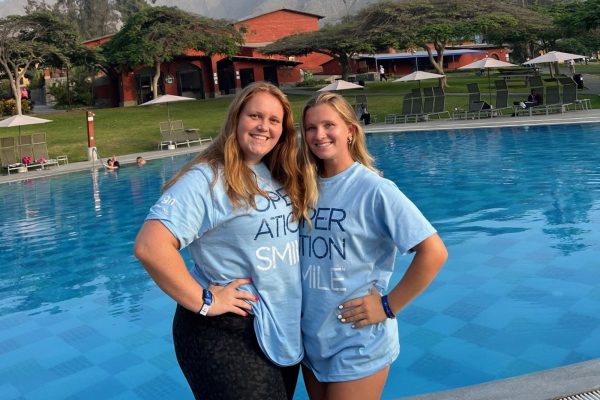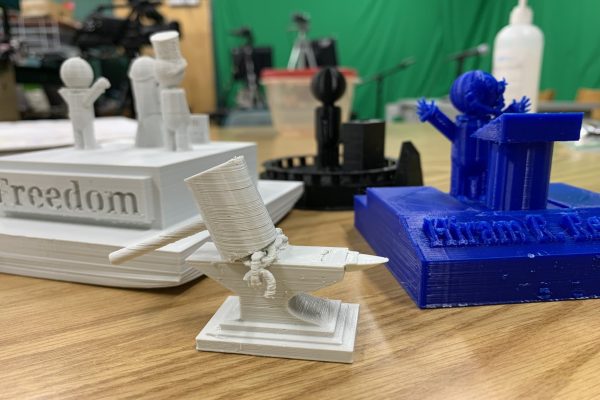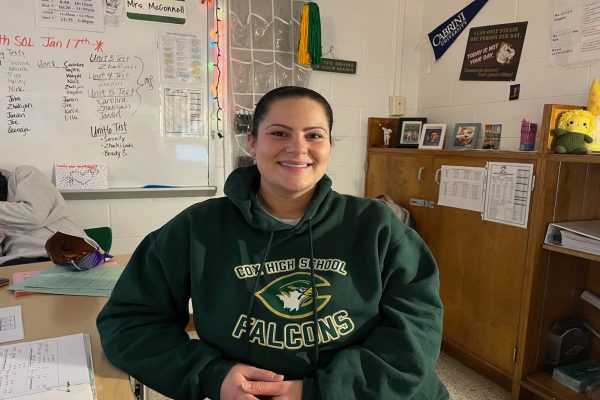Cell phone policy questions remain unanswered
Three years ago each student was issued a Chromebook, supposedly to take away students cell phone use. The idea was for students to have 1:1 direct instruction through their Chromebook.
During the COVID pandemic and virtual school though, cell phones and all they offer, gave students who were stuck at home all day, every day, an outlet to socialize and to give them brain breaks throughout monotonous days. So, upon returning to face-face-learning this year, students were, and still are, glued to their phones all the time.
This “truth” is frustrating for students, as many feel like they will miss something if they aren’t looking at Snapchat, TikTok, playing games, or whatever the case may be, because their cell phones have become an extra “limb”. However, it is more frustrating for teachers who try to educate students who can’t put their phones away and who have Air Pods in their ears with music blasting so loud it can be heard across the room. The music is controlled through the phone, as well as the chosen playlist, so even if the student is not technically “on” their phone, they are using the phone no matter what the student’s argument or excuse may be.
Back in October though, the administration issued a new cell phone policy that clearly stated that cell phone use in the classroom was prohibited and student use was at the teachers discretion.
The new policy stated clearly that all cell phones were to remain out of sight and not in use for the duration of each educational block, unless the teacher authorizes student usage for instructional purposes. If a student takes chooses to take out his or her phone during instructional time, including in the hallways, a referral will be submitted.
Furthermore, progressive discipline would be assigned to frequent cell phone rule breakers. Discipline would begin with lunch detention and progress to either in-school suspension or out-of-school suspension, but students would be dealt with accordingly. Students were also told, as part of this policy, that they may use their cell phone responsibly prior to 7:20 a.m., during block changes, during their scheduled lunch, and after school.
As the new policy was emailed to only teachers, it was up to each one of them to determine how they would implement it in the classroom. Classes such as English and math may not prohibit use, while other classes such as social studies and various electives find that students cannot access all the necessary information on their Chromebook as it may be blocked. Thus, students must use their cellphones for assignments such as current events.
So, while the idea of this ‘new’ cell policy may work for some teachers, it does not work for others, leaving both students and their teachers without answers and certainly without solutions.


![DISTRIBUTIVE EDUCATION CLUBS of America students attended the DECA State Competition where several organization members placed in their chosen categories. Led by Advisor Mrs. Bolling, two students will head to Anaheim, California, after securing 2nd place in their [respective] category.](https://falconpressnews.org/wp-content/uploads/2024/03/ICDC3-600x400.jpg)







